8 Masterful Gustavo Ramos Paintings with Brilliant Form and Depth

A contemporary painter looks back to the Old Masters to draw inspiration for his portraits of 21st-century life. Discover our featured “Illuminate” artist, Gustavo Ramos.
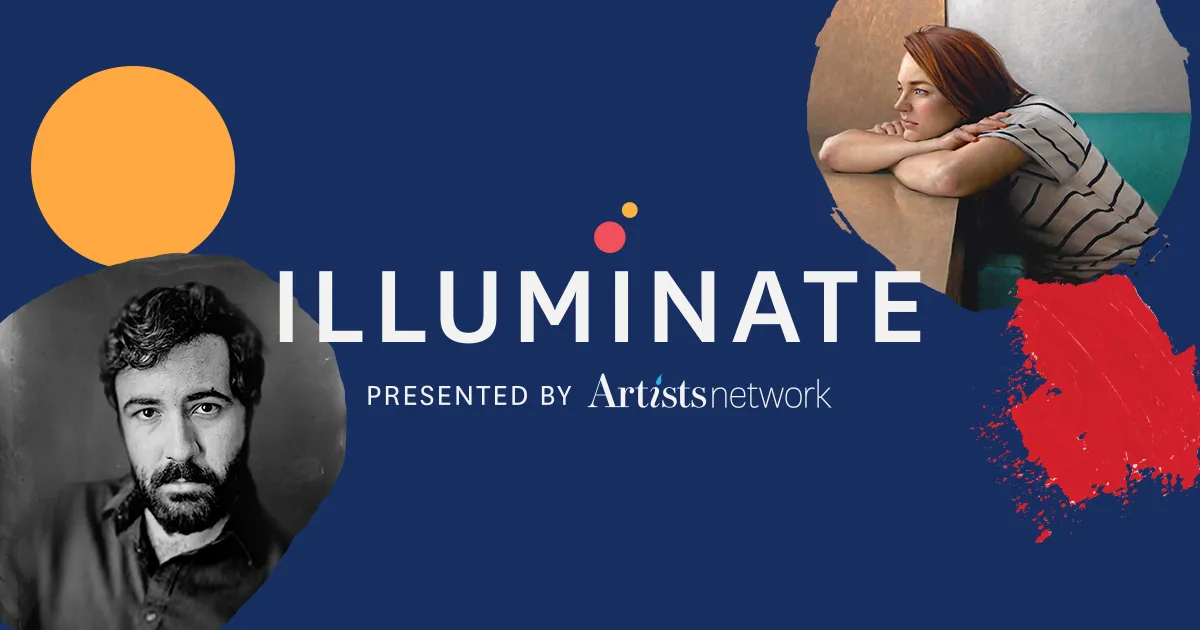
The light falls softly in Gustavo Ramos’ paintings, enveloping forms with exquisite clarity. His thoughtful compositions create a classical balance and repose. The subjects are timeless: a young woman with her back to us as she tunes a violin, a mother cradling her baby as she tenderly kisses its head.
Viewers might almost feel that the portraits could have been painted at any time in the last few centuries. And yet the modern world makes its presence felt, whether in the costume of a subject or the contemporary quality of a pose.
Gustavo Ramos is an artist still at the beginning of his career and already in masterful control of so much. It’s exciting to consider what insights, revelations, and pleasures he has in store for us in the future.
Here, we explore eight paintings that illuminate form and demonstrate the depth of Ramos’s skill.
Meet Gustavo Ramos LIVE! Join us for an exclusive member event on May 24.
Artist Showcase
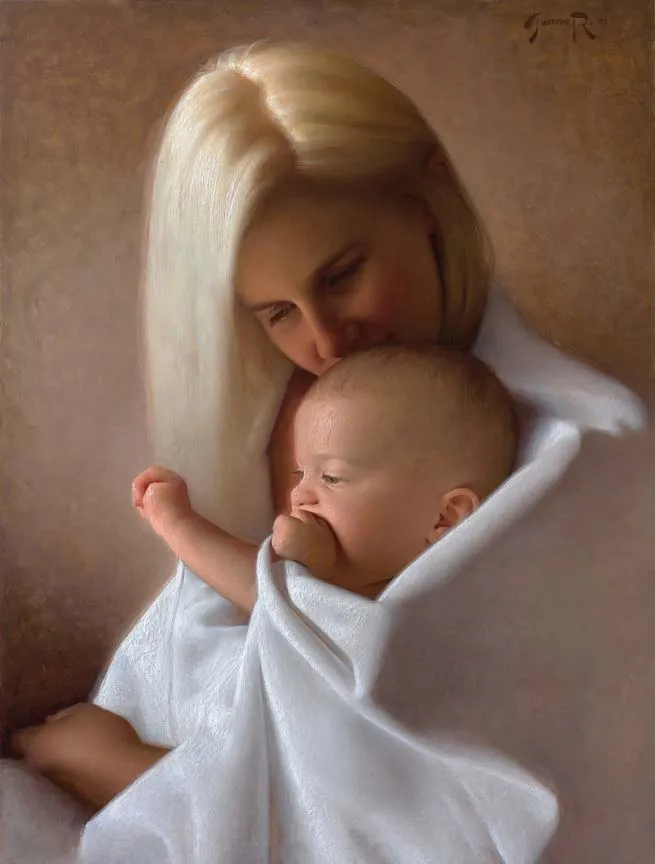
Viewing Ramos’ paintings, you might imagine that he is the product of some storied European academy. But in fact, Ramos is a young painter who grew up in very modest circumstances in Brazil before coming to the United States as a teenager. Curiously, it was the experience of arriving in a new country with a strange language that precipitated his interest in portraiture.
“When I first moved to the U.S., I didn’t speak any English, so I had to pay really close attention to people’s expressions and body language as I tried to communicate. As a result, I became interested in drawing and painting faces and exploring their psychological nuances.”
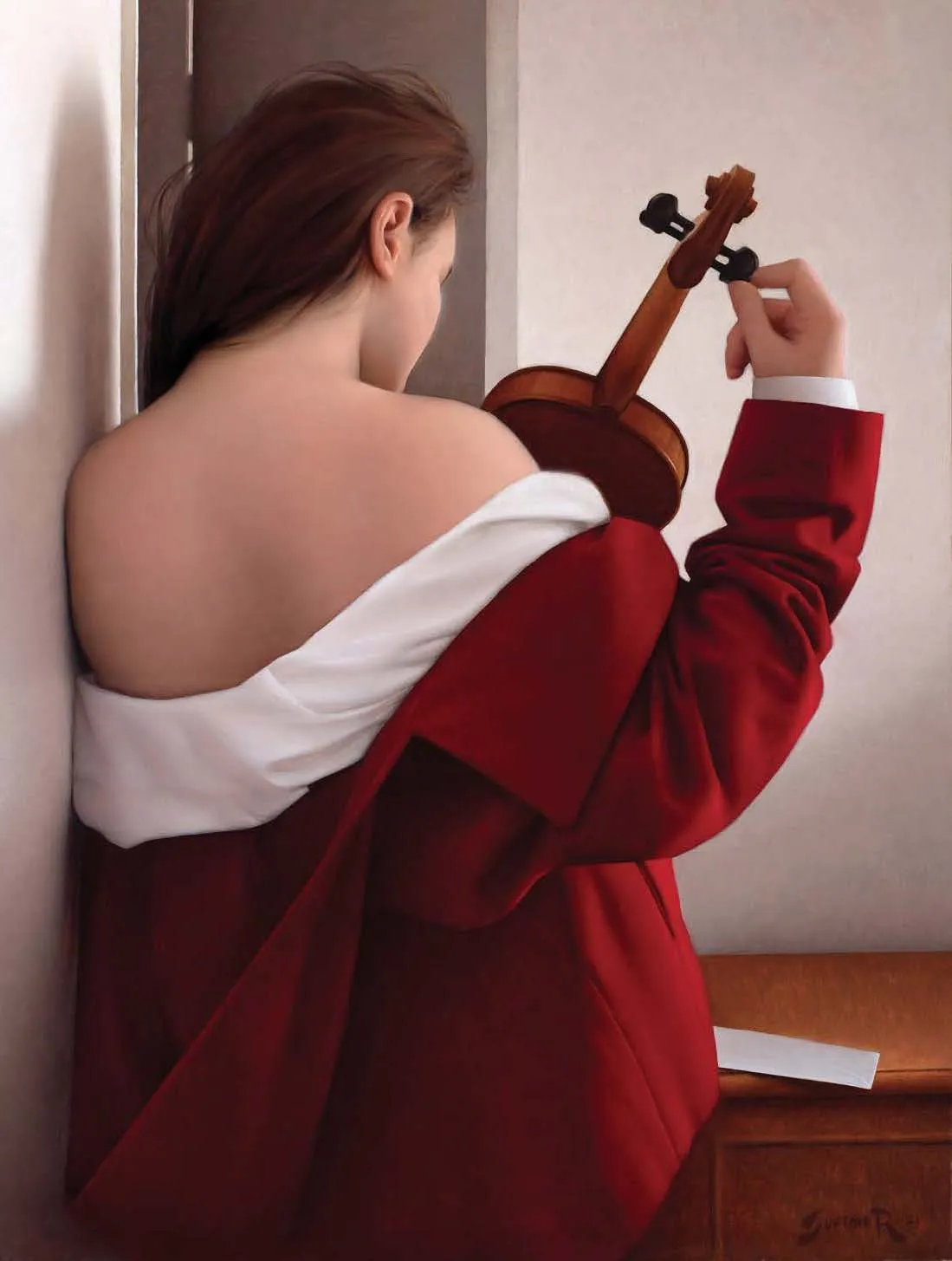
Encouraged by a high school art teacher who noticed his passion for drawing, Ramos began to build his skills and eventually went on to study art at Southern Virginia University. The school’s art curriculum wasn’t designed for students who wanted to focus on drawing and painting, but a supportive professor helped him create his own curriculum. He copied Old Master paintings, took trips to major museums to look at their artworks in person, and drew and painted from life at least four hours every day.
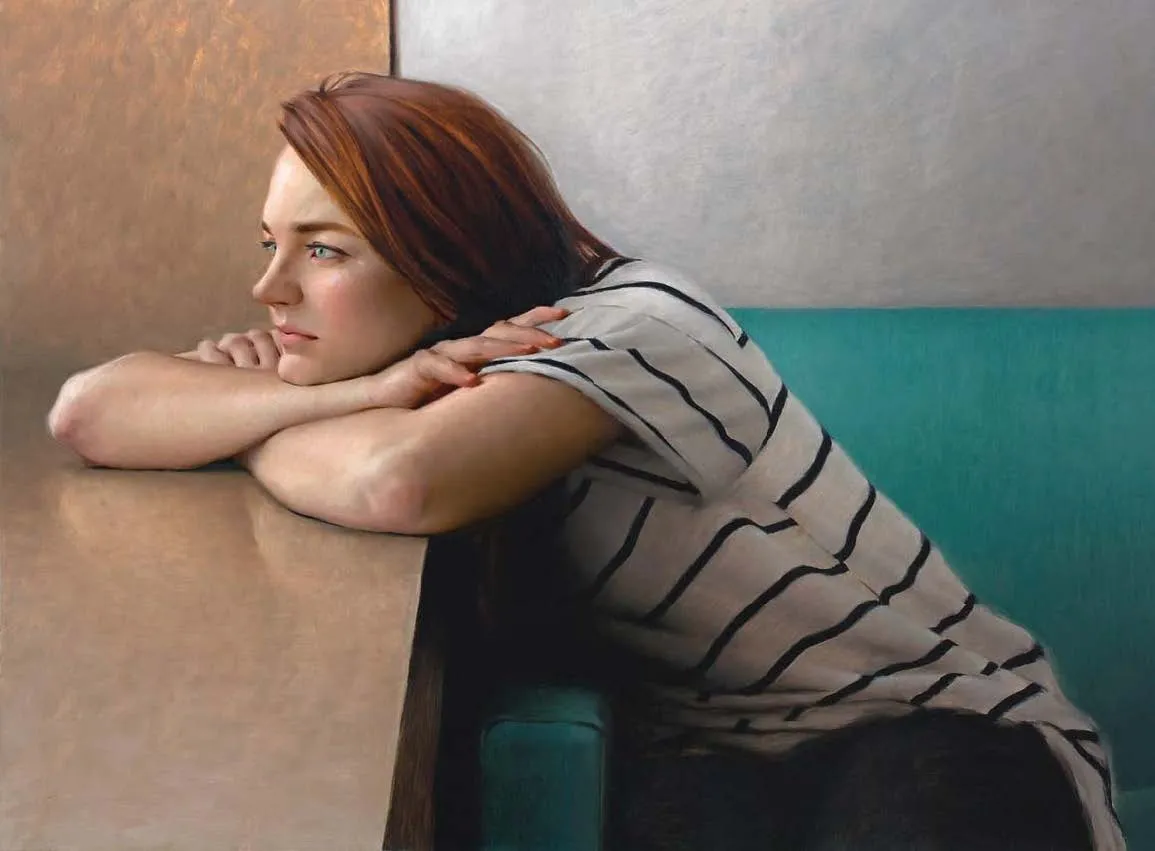
Ramos’s paint handling has a rich build of luminous glazes, subtle color, and delicate modeling that may seem to belong more to the world of Old Master painting than the rough-and-tumble of contemporary life. And perhaps this is at the heart of the attraction of Ramos’ paintings. They transform our world into a place where time moves more slowly, and where contemplation and reflection are welcome and useful activities.
“I choose my subjects similarly to how I choose what kind of music I listen to. If it sparks my interest and is emotionally stimulating, then I need to investigate it further.”
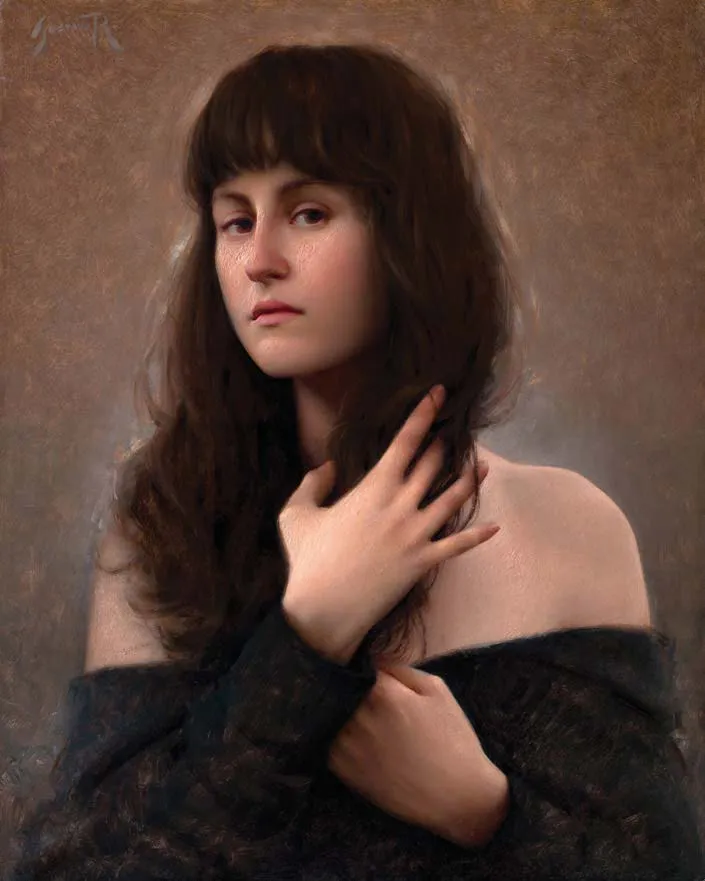
One of the defining features of Ramos’ paintings is the way the artist varies the hardness and softness of edges to reinforce the sense of form. In Glimmer, for instance, the edge of the subject’s face has harder edges at the left cheekbone and chin and softer edges in the more fleshy sections. Softening edges can also serve to take away emphasis on an area. The clothing at the bottom of Glimmer has soft edges and low contrast so that it doesn’t detract from the focus on the head and hands.
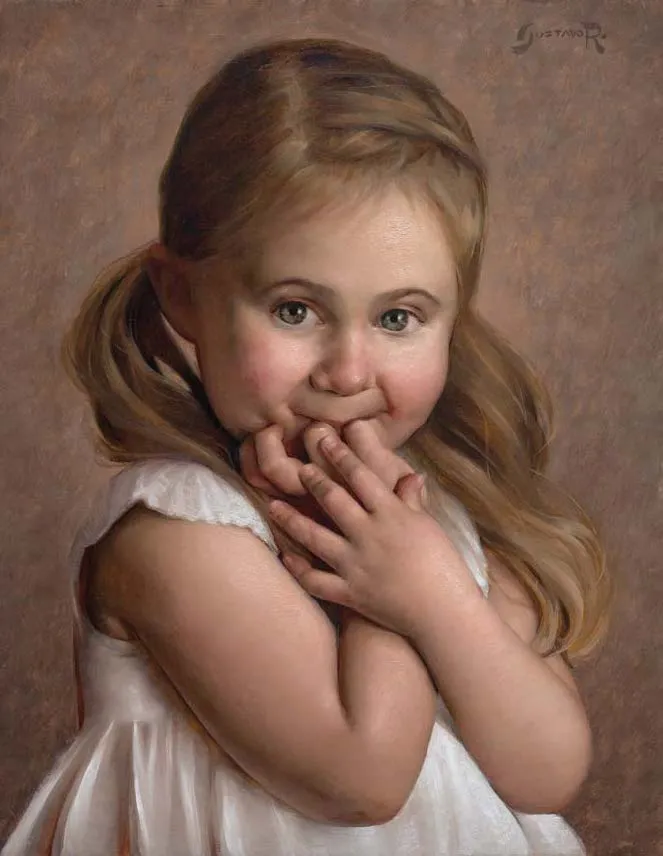
Ramos spends considerable time concentrating on the nuances of color, but he doesn’t have a stringently controlled approach. He calls the color mixing on his palette “chaotic.” He paints with many layers in order to achieve close control of color and tone. Another advantage of painting in layers is that the paint build-up creates effects that would be impossible to achieve with a single layer. These effects help transform the painting into something deeper and more lifelike, and not just paint.
“Painting is like a conversation. No matter how certain I am of how I think things will go, the painting seems to have its own ideas.”
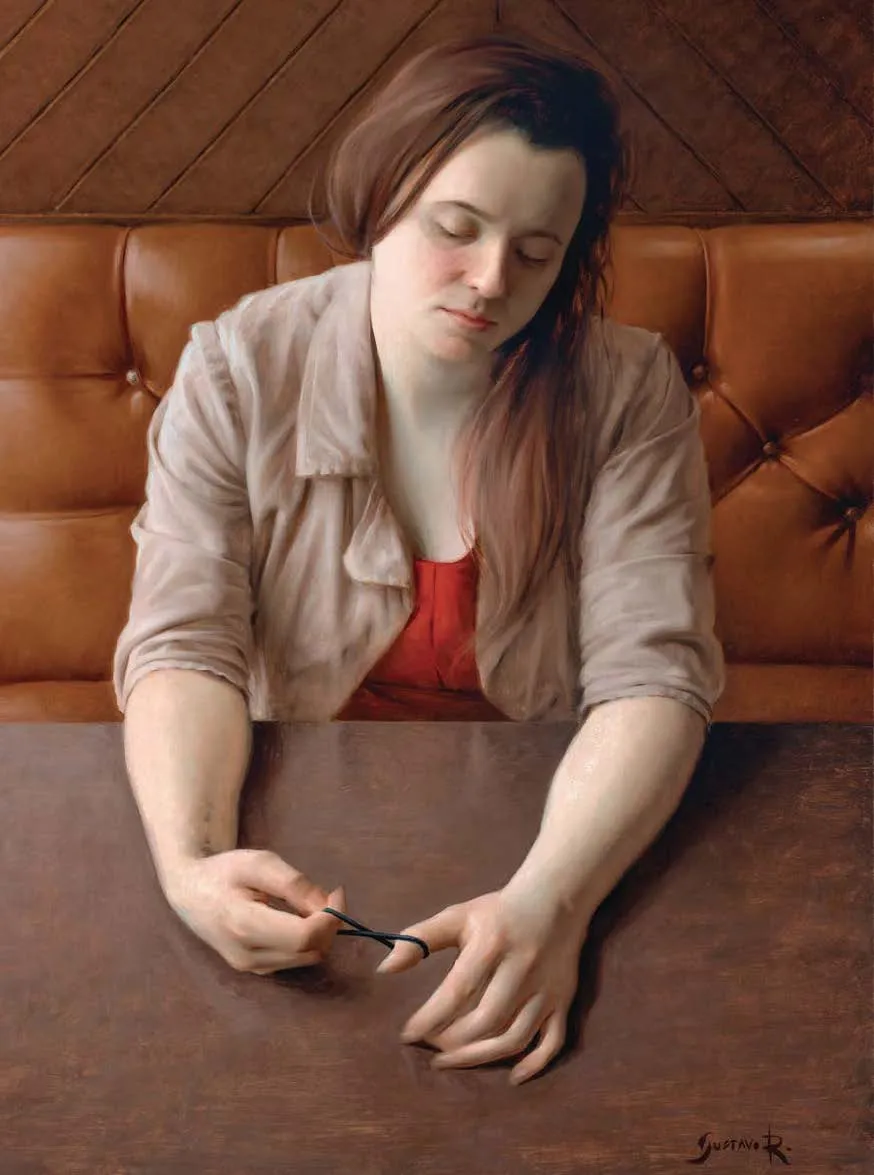
While the strength of Ramos’ work emerges from careful observation and understanding over many hours of painting, the artist has also ventured into some compositions that have a clear narrative content. He often focuses on figural compositions featuring his wife. One painting with a strong narrative element is Infinity, in which a young woman sits at a table looking somewhat downcast and thoughtful. Her hands twist a hair band into an infinity symbol.
“This portrait of my wife was done at a time when she was dealing with anxiety attacks. She started thinking about death a lot, and all those existential questions came up: What is infinity, and for how long does a mind exist? The painting is a reflection on grappling with those deep questions we all have to face.”
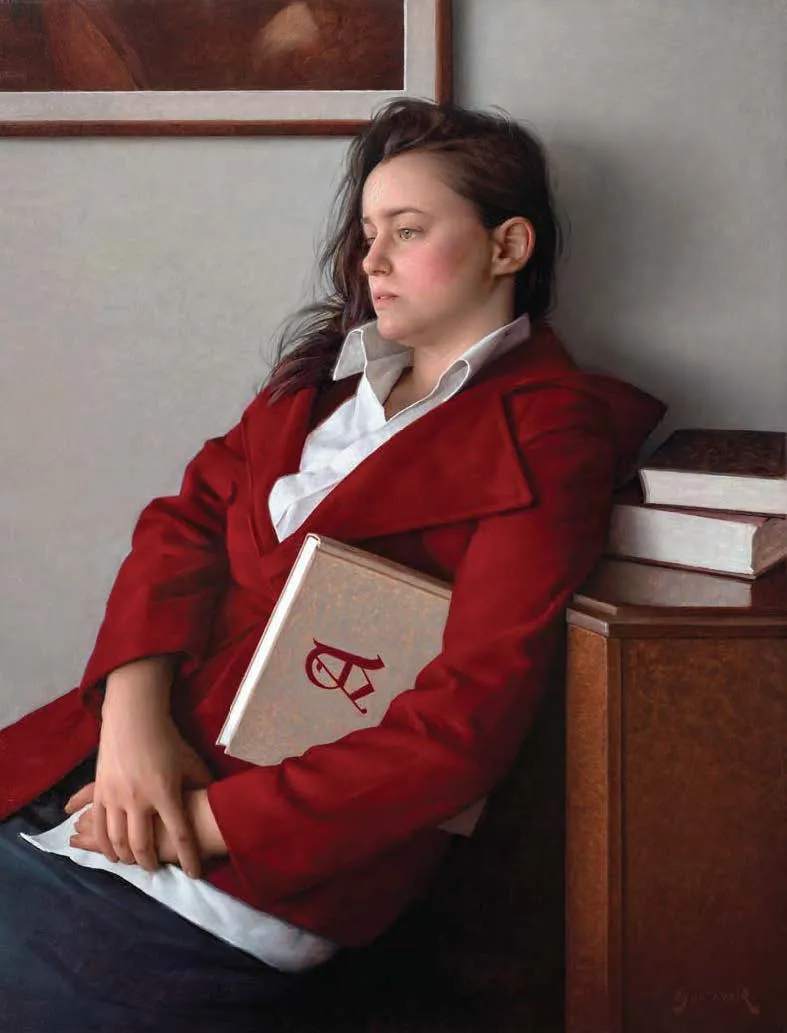
In another painting modeled by his wife, a young woman dressed in a red jacket sits lost in contemplation. Tucked under her arm is a large book, the cover of which is embossed with the letter “A.” The painting shown hanging on the wall above the figure is a portion of Melancholy by Degas, one of the artist’s favorite paintings.
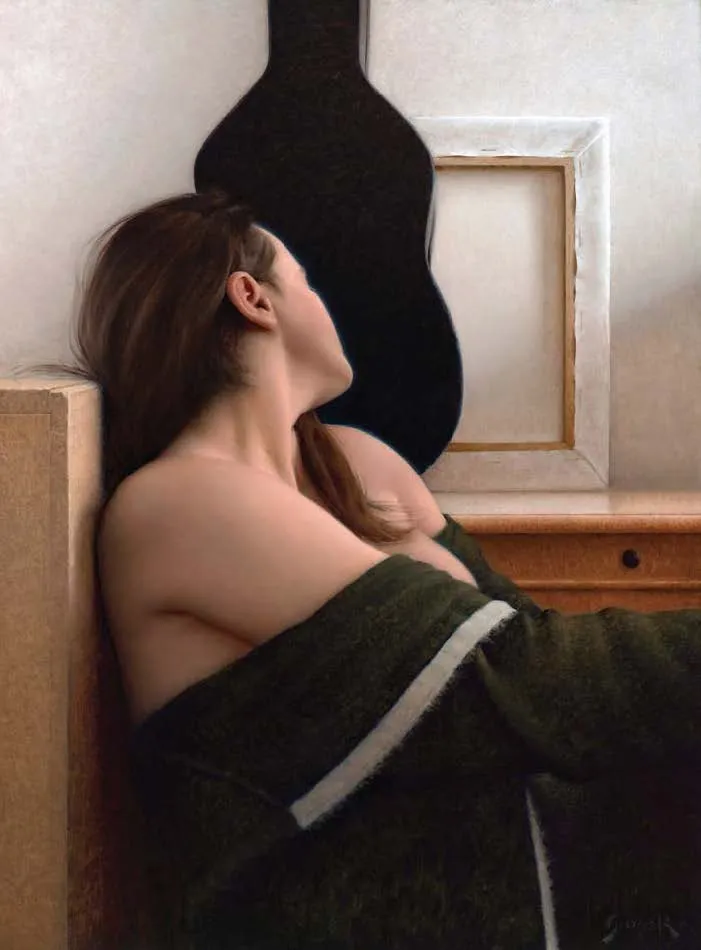
Given the rich, Old Master quality of Ramos’ paintings, it’s no surprise to discover that he remains a keen student of art history. He sees his work in a lively and dynamic relationship with the Old Masters of previous centuries. His long list of influences includes Michelango, Vermeer, Rembrandt, Diego Velazquez, Anthony van Dyck, Andrew Wyeth, and Gustav Klimt.
“I’ve been comforted, reassured and strengthened by paintings that celebrate humanity. They’ve helped me understand myself. If I can create paintings that viewers can connect to in a similar way, that to me would be worth more than any accolade.”
This article is an excerpt of Illuminate Form: The Paintings of Gustavo Ramos, featured in the May/June 2022 issue of Artists Magazine. It’s free for members! Get a copy to learn more about Ramos’ painting process and approach.
Live Event with Gustavo Ramos!
Join us LIVE for an exclusive member event with Gustavo Ramos on May 24. We’ll explore his most recent series, discuss his thoughts on how to elevate the genre of portraiture, and hear how he stays invigorated in the studio.
About Gustavo Ramos
GUSTAVO RAMOS (b. 1993 Brazil) is quickly becoming a prominent and sought-after oil painter in the realm of portraiture. His work has been exhibited in world class venues, including the European Museum of Modern Art in Barcelona, the Rijksmuseum in Amsterdam and Sotheby’s in New York City.
He was featured in Southwest Art Magazine’s “Artist to Watch: The Editor’s Choice for Up-and-Coming Talent” in 2020 and has been a top finalist in numerous Artists Network competitions.
Connect with him on Instagram @gustavoramosart or explore his work at gustavoramos.art.

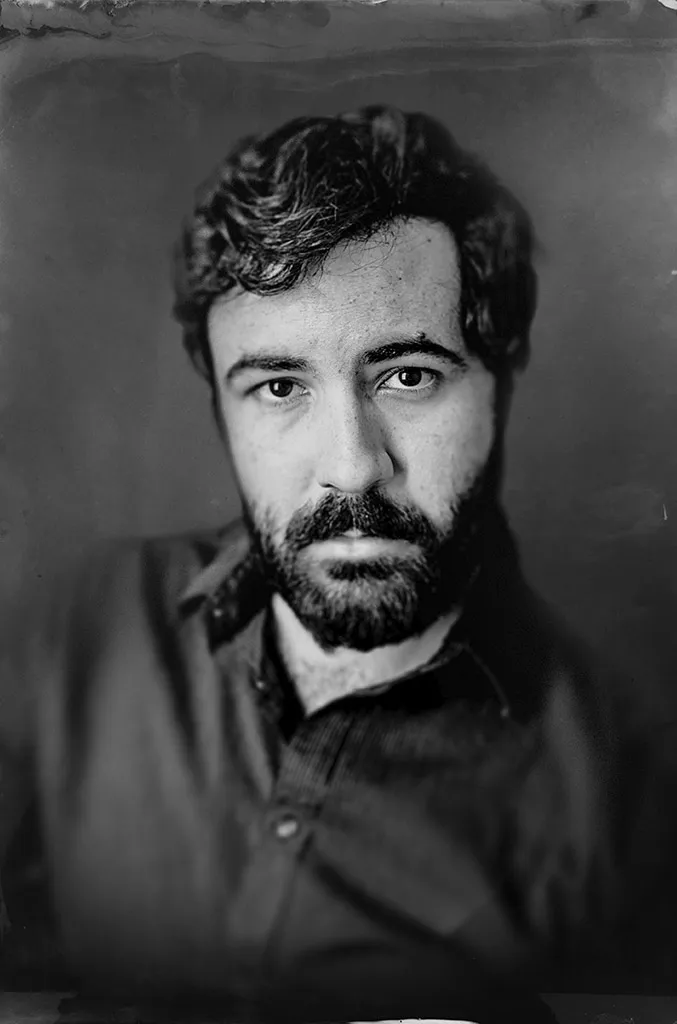
















Join the Conversation!